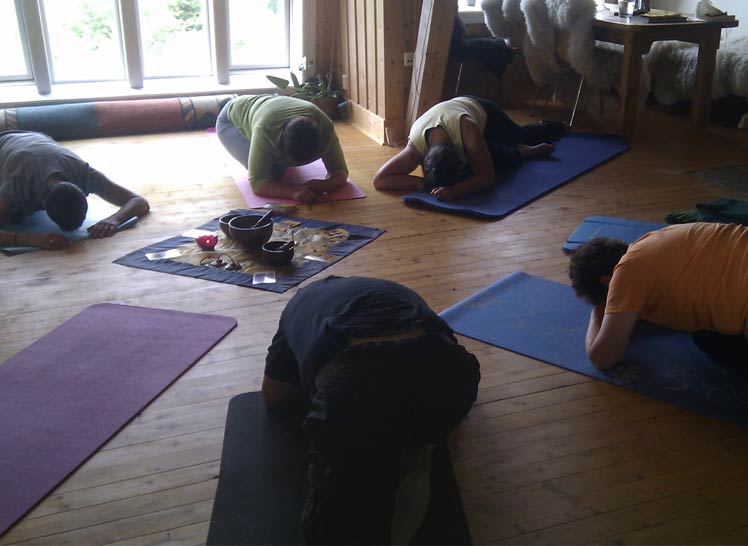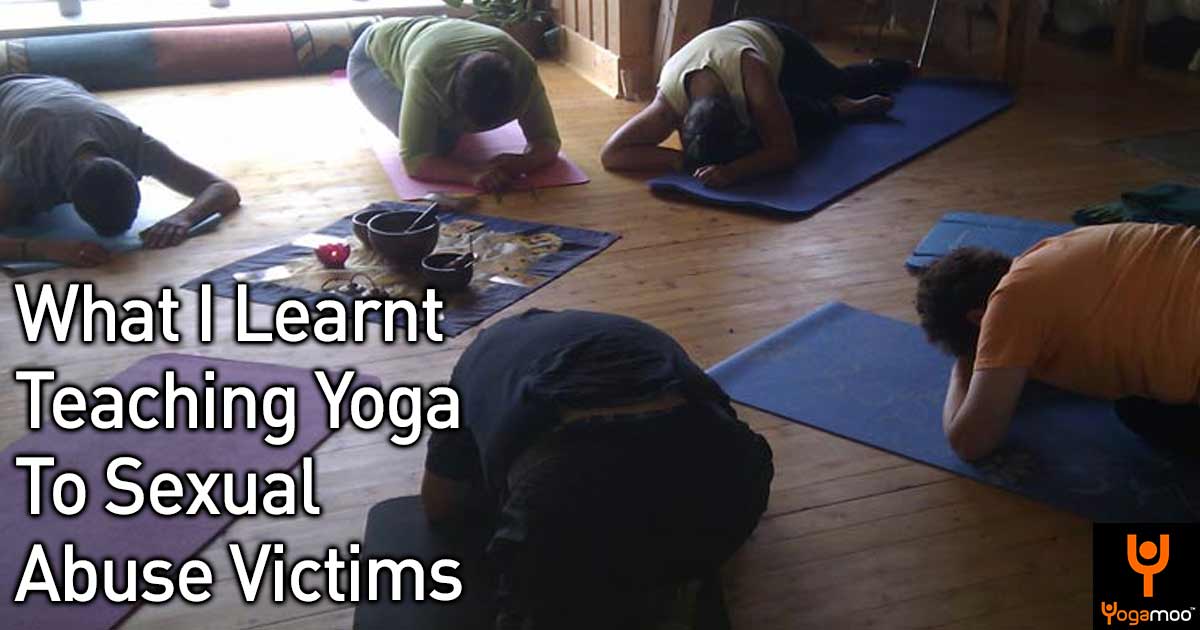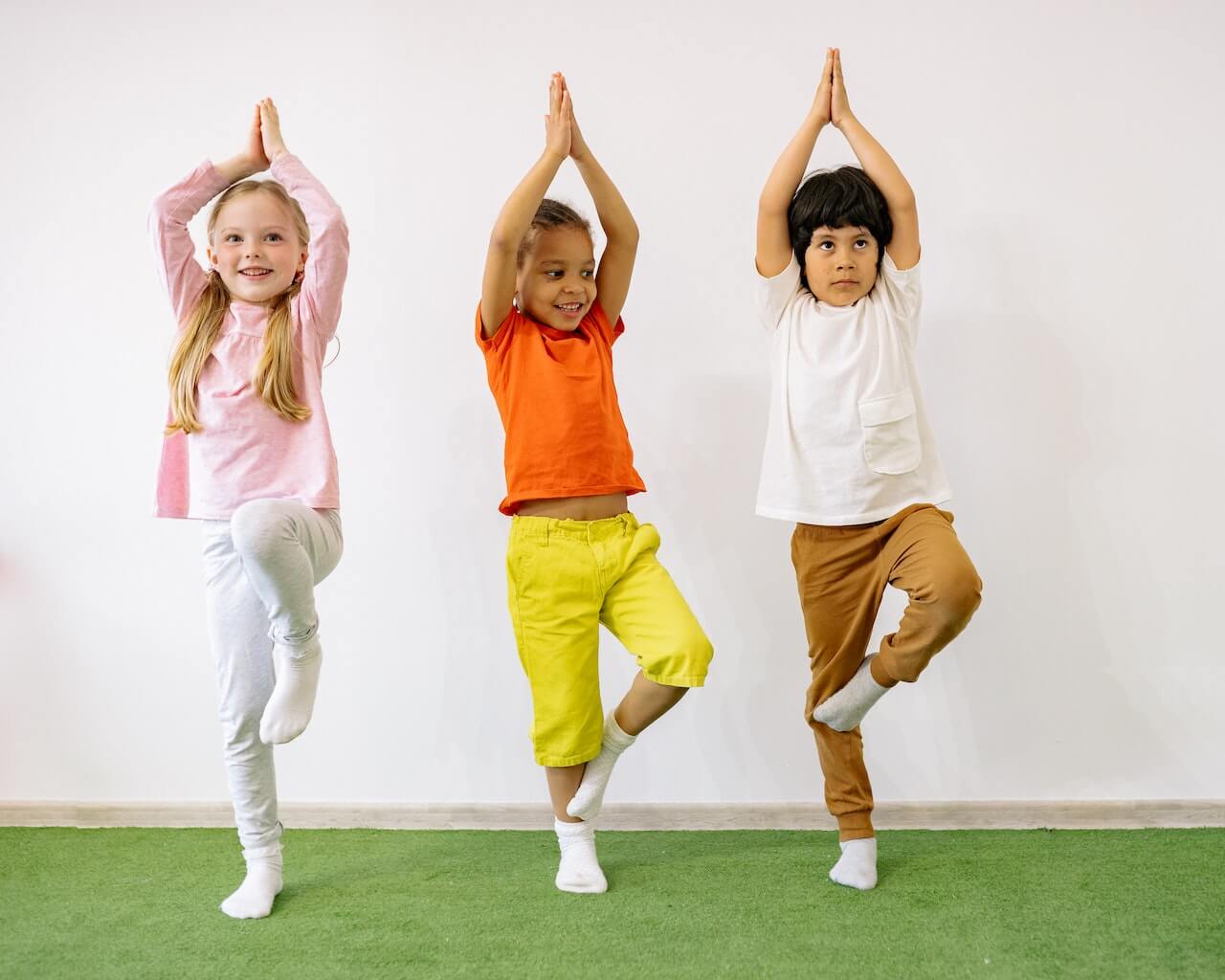10 tips for secure, non-evasive yoga with adults who have survived sexual abuse
10 years ago, I offered my services free of charge to a Self-help Centre for adults who had experienced Incest and/or sexual abuse. Together with these brave warriors, I learned the importance of grounding, personal limits, patience, resilience and joy in yoga teaching. One fantastic young woman went on to become a yoga teacher in her own right; she described her first yoga class at the centre as ‘coming home’ and she explained
‘Yoga works on a level my psychologist can’t quite seem to reach’. I understood her to mean she was coming home to herself, her true self, body and soul. Every student, every group and every class I meet is different; but here are some guidelines I developed:
1. Information:
Invite your participants in good time before the course begins. Respect the personal process each individual embarks upon, before they sign up for a yoga class. Provide simple information, plus a presentation and portrait photo (avoid posing in a headstand or other advanced asanas). Provide an email or mobile number and encourage questions and enquiries. Don’t take more than 6 – 8 people in a group. If it is a mixed group, make sure the information is clear on this point.
2. Location:
If your town doesn’t have a centre for sexually abused, choose a community centre, health centre, college or church hall. Avoid busy training centres, or dance schools. You need a warm, comfortable studio, without mirrors or large windows where onlookers can disturb the students. Book ample time for your class, giving 15 minutes before and after, to avoid a queue of people waiting outside the door as you leave. Many participants will want to say a few words before or after, in private. Encourage them to speak privately about particular health issues they may have before or after the class – do not ask such questions during teaching.
3. Personal space:
Invite all participants to find a space in the room, where they are comfortable. Each should have their own personal mat, blanket, and water bottle; and they will need plenty of personal space between each mat, to avoid unexpected physical contact. Some will need to move around and feel where it is safest, and most comfortable to lie down. Ask them if they would like the lights dimmed, door left ajar, curtains drawn, a change of music, or silence, etc. Do not insist they remove heavy or impractical clothing, including footwear – some will need to feel protected at first.
Text : Shereen Khachik Photo: Aud Elise Sjøsæther(portrett) /shereen Khachik

4. Personal limits:
Make it quite clear to each one that this is their personal yoga practice, and they should participate in accordance with their own needs, wishes and capabilities right here, right now, without competition or comparison. Recognize the effort they have mobilized by coming to class, and demonstrate several relaxation positions they may need to use at any time during the practice.
5. Corrections:
Avoid all confrontational correction, and hands-on physical alignment the first few weeks. Approaching clients from behind, and whispering personal guidance can be considered discreet; but can also be misconstrued as uninvited intimacy, before gaining trust and defining mutually acceptable limits with each one. Every client is different and unique.
6. Grounding:
Students who have undergone severe trauma can dissociate when faced with new or overwhelming situations, and are especially in need of grounding techniques. Many are feeling emotionally removed from their physical body. Start the class on the floor with body scanning, and grounding through the root chakra. Standing in an unsupported upstanding position, before they are totally secure; can lead to a loss of feeling and connection with their lower body half, and a weakness or trembling in the legs and feet. Encourage a scan from within, starting with the toes, but allow students to stop at any point, and to hop over some body parts. This is a very different experience to the many hours with a psychologist, putting their feelings into words. They are now taking their feelings into the body.
7. Mindfulness:
Encourage students to pause, observe their thoughts, and register their reactions – then let them go, without judging them, and join in again. A mantra like or < I register that my thoughts are wandering to my work, when I didn’t understand the instruction, that’s ok>
8. Breathing:
Invite your participants to first observe their breath, (the cold air in the nostrils, the movement of the stomach, and the warmer airstream leaving the body) before teaching them to control the breathing. Exaggerated focus on breathing can cause stress and hyperventilation, the first few weeks, be patient. Breathing involves both the throat chakra (which is concerned with keeping family secrets, living with fear, and restricted self-expression) and the heart chakra (which is especially vulnerable, possibly resulting in lack of compassion, hatred, anger and fear of loving intimate relationships).
9. Balance:
Balancing poses are challenging both physically and mentally; many suffer from performance anxiety, dizziness, and weakness in the legs. Support from one another in a ring, or a chair can help, Sun salutation would be best performed in a moderation on the floor, or supported against the wall at first for those who have problems with strength and/or balance.
10. Empowerment:
Warrior poses: the solar plexus is a particularly important chakra controlling personal strength, ego, autonomy, and personal boundaries. Explain and verbalize while doing a warrior sequence. Warrior 1: in the moment, grounded, self- control, autonomy. Warrior 2: direction, aims, ambition, progress, inspiration, initiative. Warrior 3: acceptance, open to success, achievement, saying yes to life.
Help your students transform from Survivors to Warriors


Leave A Comment